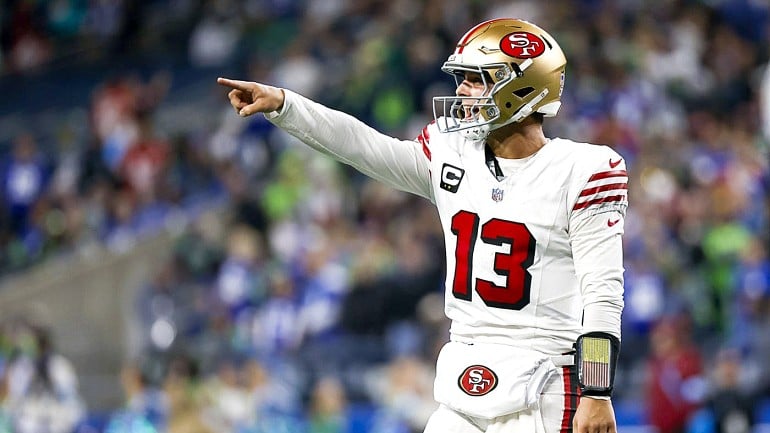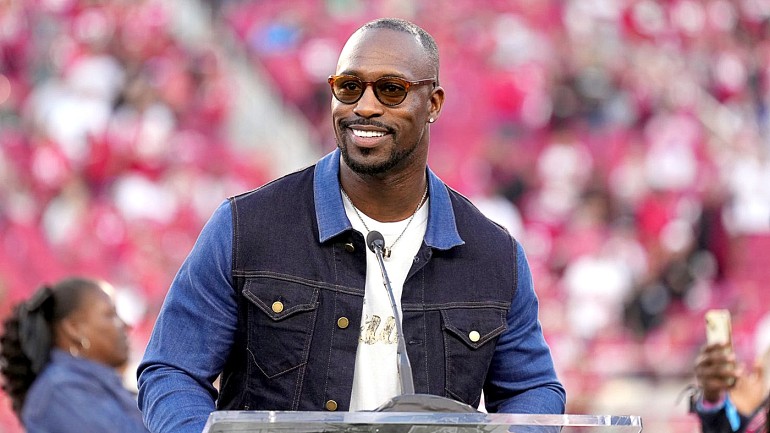Get ready for a whole lot of critique of Jimmy Garoppolo this season. The San Francisco 49ers quarterback is nearly a year removed from the ACL injury that ended his 2018 campaign, so every seemingly poor decision, every overthrown pass, and certainly every interception is going to be analyzed to death and likely criticized.
Garoppolo has the excuse of the injury, but in the win-now NFL, most people don't want to hear excuses.
Former 49ers quarterback and current ESPN analyst, Steve Young, joined KNBR on Wednesday and discussed San Francisco's signal-caller. Young never went through a similar injury but has spoken with enough players who have over the years to know that you don't typically just bounce back after one year and return to your old self.
One of those players is probably Jerry Rice, who, while discussing Garoppolo, has repeatedly stated that it took him two years to feel comfortable on the football field again. It may be a little easier for a quarterback, who isn't dependent on making cuts or maneuvering around defenders on every play, but it might be the end of the season or even next year before Garoppolo is 100 percent physically and completely past all the mental hurdles.
"I'm not saying he's going to baby the knee the whole way and he's going to be throwing high all year," Young clarified on the "Tolbert, Krueger and Brooks" show.
Young believes there are still mental hurdles for Garoppolo to overcome and him being cautious with his knee might not end right away. He may not even realize he is treating his knee differently than he did pre-injury. Garoppolo had some soreness after the game but didn't think too much of it. At least, that was the impression he tried to give to the media.
"It wasn't too bad actually," Garoppolo told reporters on Wednesday. "The flight probably did more damage than the actual game. But yeah, wasn't anything bad."
Young believes some of the miscues by Garoppolo on Sunday are likely because of his hesitation to put full pressure on the knee, as he did before the injury.
"Crossing routes to their left, you have to really open up and turn and torque over the top of your leg to get the ball actually on target," Young said. "Even when you feel great, you're behind a lot of the crossing routes away from your throwing hand. So that probably is a big factor.
"And then (throwing) high is always a factor, right? Because you can't drive and then drop your knee and put the weight on it. That's the part that makes the difference. High and the crossing routes, especially for him to the left."
You can listen to the entire conversation with Young below.




